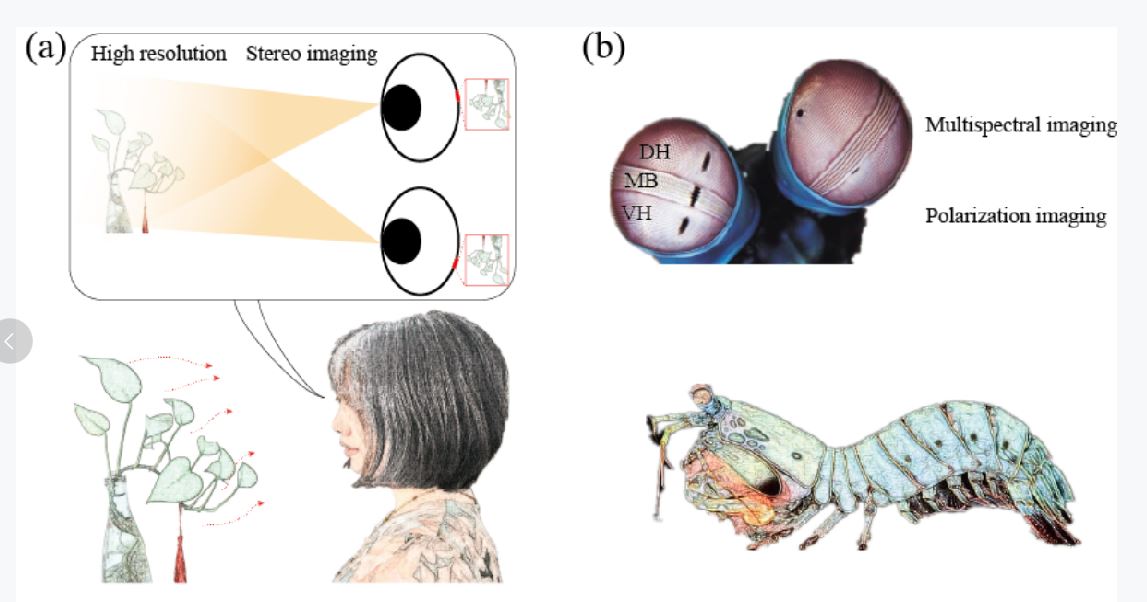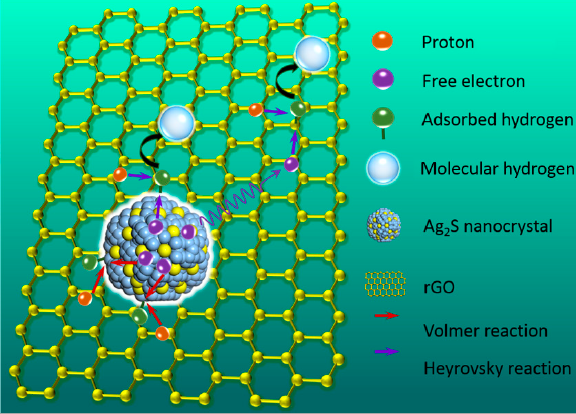
Fourier ptychographic microscopy (FPM) is a recently developed computational imaging technique, which has high-resolution and wide field-of-view (FOV). However, due to the lower light efficiency of the off-axis LEDs, one has to balance the exposure time of dark-field images to improve the signal-to-noise of dark-field images. In addition, effected by the spherical illumination wavefronts of LEDs, the wavevectors of full-FOV are different. Hence, the full-FOV has to be divided into sub-fields and reconstructed sequentially, and then stitch them to obtain a full-FOV high-resolution images.

Researchers of Changchun Institute of Optics, Fine Mechanics and Physics (CIOMP), Chinese Academy of Sciences, have developed a new medical endoscope which they say allows surgeons to see 3D images of the areas they are operating on while seeing the cancer tissues they need to remove highlighted in fluorescence at the same time.

Digital polymerase chain reaction(dPCR) is an absolute quantitative PCR reaction which can disperse the sample into numerous independent reaction units, in order to realize absolute quantitative detection in the sense of single molecule.

Metamaterial perfect absorbers (MPAs) often consist of metal and dielectric elements with dynamic control features of only subwavelength thicknesses. MPAs can achieve unity absorptivity of corresponding electromagnetic waves, and the sizes are much smaller than the working wavelength bands. These special absorbers with fixed absorption performance show great potentials in many important scienti?c and technical applications such as thermal emitters, energy harvesting, infrared detection and imaging.

The development of efficient electrocatalyst to produce molecular hydrogen from water is receiving considerable attention, in an effort to decrease our reliance on fossil fuels. Recently, silver sulfide (Ag2S) nanocrystals have attracted enormous interests due to its excellent properties, including negligible toxicity, adjustable band gap through size control and surface modification and long term stability in acid environment.

Due to the wide application of photodetectors in the fields including optical communication, environmental monitoring, and image sensing, the research for developing highly efficient photodetectors has attracted extensive attention over the past decades. Since 2009, methyl ammonium lead halide (CH3NH3PbX3, X=halogen) perovskites have become one of the hot topics in material science for light collection in photodetectors.
